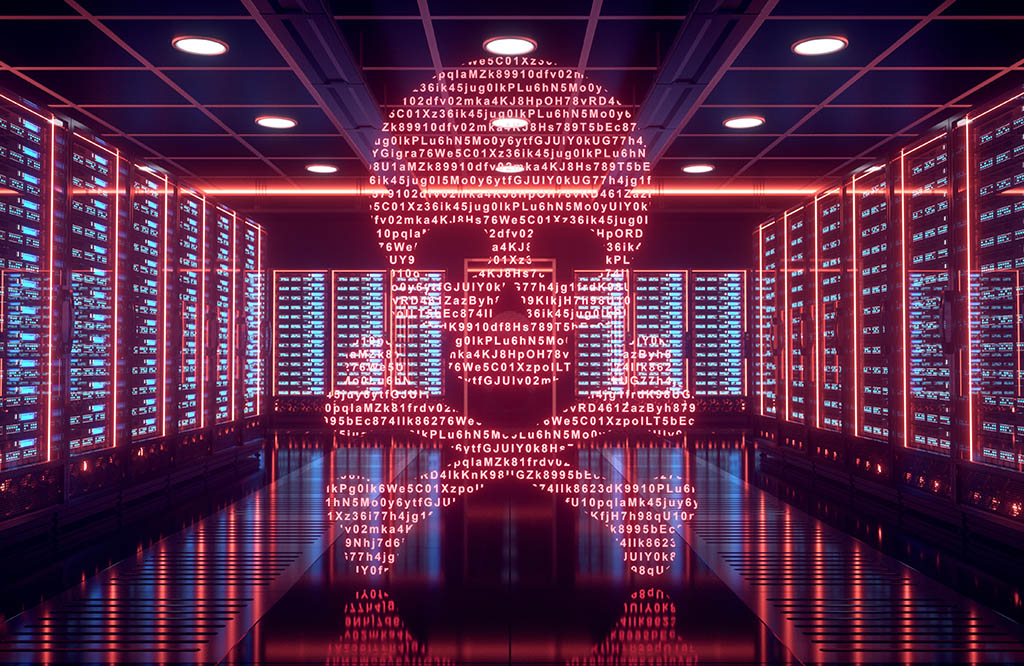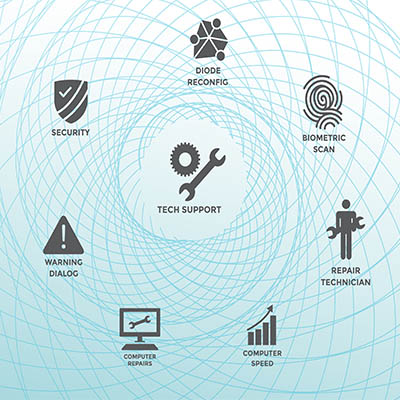The Internet is more than just a tool; it’s the very foundation upon which many organizations are built. From managing customer data to facilitating global operations, our digital infrastructure is indispensable. What happens, then, when that foundation crumbles under a cyberattack? Unfortunately, we’ve seen firsthand the devastating effects hackers can have. This month, we talk about the problems associated with a hacking attack.
The Financial Fallout
When you hear of a cyberattack, your mind might jump to ransomware, the digital shakedowns where criminals encrypt your data and demand a hefty sum for its release. While ransomware is a serious threat, with some estimates predicting it could cost over $265 billion annually by 2031, the financial damage extends far beyond a single payment.
Consider the average cost of a data breach, which, according to the IBM Cost of a Data Breach 2024 report, has now reached a staggering $4.88 million globally. This isn’t just about paying off attackers. This figure encompasses:
- Incident response and investigation – The immediate scramble to contain the breach, identify the source, and assess the damage. This often involves hiring expensive forensic experts and cybersecurity consultants.
- Downtime and lost revenue – If your systems are shut down, your business effectively grinds to a halt. Imagine a grocery distributor like United Natural Foods, which recently experienced a cyberattack that led to up to $400 million in lost sales due to halted deliveries and empty store shelves.
- Legal fees and regulatory fines – Depending on the nature of the breach and the data compromised, your business could face lawsuits from affected parties and hefty fines for non-compliance with data protection regulations like HIPAA or GDPR. The average cost of legal and regulatory fees can be astronomical.
- Customer notification and credit monitoring – If sensitive customer data is exposed, you’re often legally obligated to notify those affected and potentially provide credit monitoring services, adding another substantial cost.
Did you know that the average time to identify and contain a data breach is 277 days? That’s nearly a year of potential disruption and escalating costs!
Reputation and Trust
Beyond the immediate financial drain, a cyberattack inflicts damage that can be far more insidious and long-lasting: the erosion of trust and reputational harm.
In business, trust is the currency of commerce. When a company suffers a data breach, it’s not just a technical failure; it’s a breach of the implicit contract with customers, partners, and even employees. Consider the case of Equifax in 2017, where a breach compromised the data of over 143 million Americans. Their market value plummeted by 31 percent in just one week, and a staggering 40 percent of consumers reported losing trust in the company entirely.
With a loss of trust, customers will take their business elsewhere if they feel their data isn’t safe.
Additionally, negative media coverage spreads like wildfire, tarnishing your brand for years to come. Prospective employees may be wary of joining an organization that has demonstrated security vulnerabilities. Supply chain attacks, where a weakness in one company’s security is exploited to attack another, are becoming more common. A breach can make partners hesitant to collaborate.
It’s a bit like the butterfly effect; a small initial vulnerability can lead to unpredictable and massive consequences down the line.
Operational Chaos and Beyond
The impact of a cyberattack isn’t confined to finance and reputation. It can throw your entire operational structure into disarray. Imagine your critical systems offline, your employees unable to access essential tools, and your supply chain disrupted. This isn’t just an inconvenience; it’s a potential threat.
Take the example of the 2017 NotPetya attack, which, while initially targeting Ukraine, spread globally and crippled major companies, including the shipping giant Maersk. The attack caused billions in damages and highlighted how a cyber incident in one corner of the world can bring down operations across continents.
Beyond these immediate disruptions, a cyberattack can lead to a loss of intellectual property, higher costs on insurance, and hurt the morale of your team.
Proactive Protection
The grim reality is that cyberthreats are constantly evolving, becoming more sophisticated and pervasive. From phishing scams that trick employees into revealing credentials to complex nation-state sponsored attacks, the landscape is fraught with peril.
However, the story doesn’t have to end in disaster. Modern businesses can equip themselves with the knowledge and tools to withstand the digital storms. Proactive cybersecurity isn’t an option; it’s a necessity.
Don’t wait for an iceberg to strike. Learn how proactive IT support from North Central Technologies can protect your organization by giving us a call at 978-798-6805.







